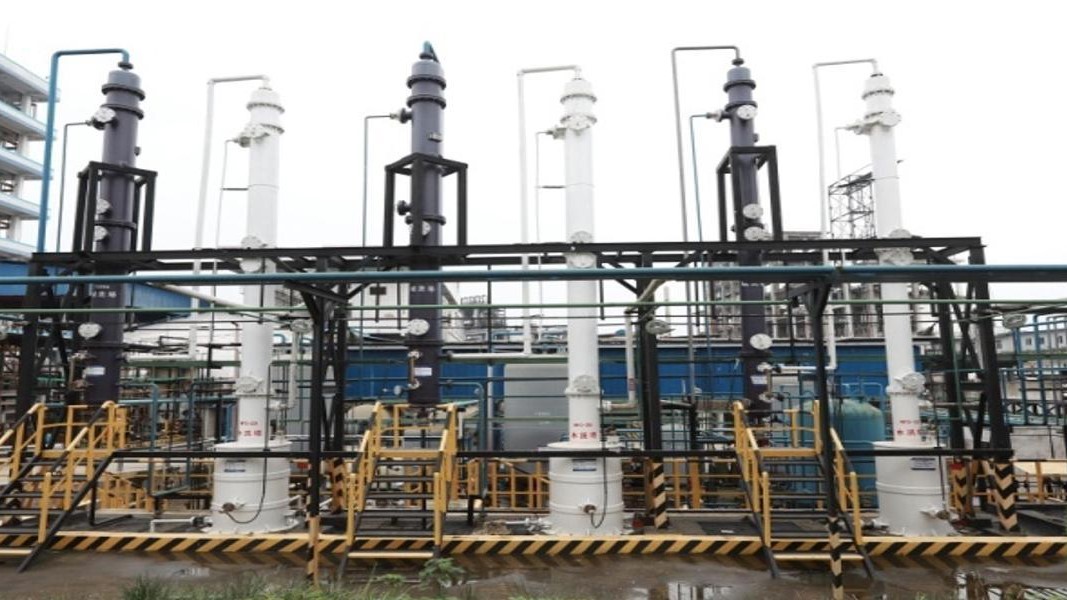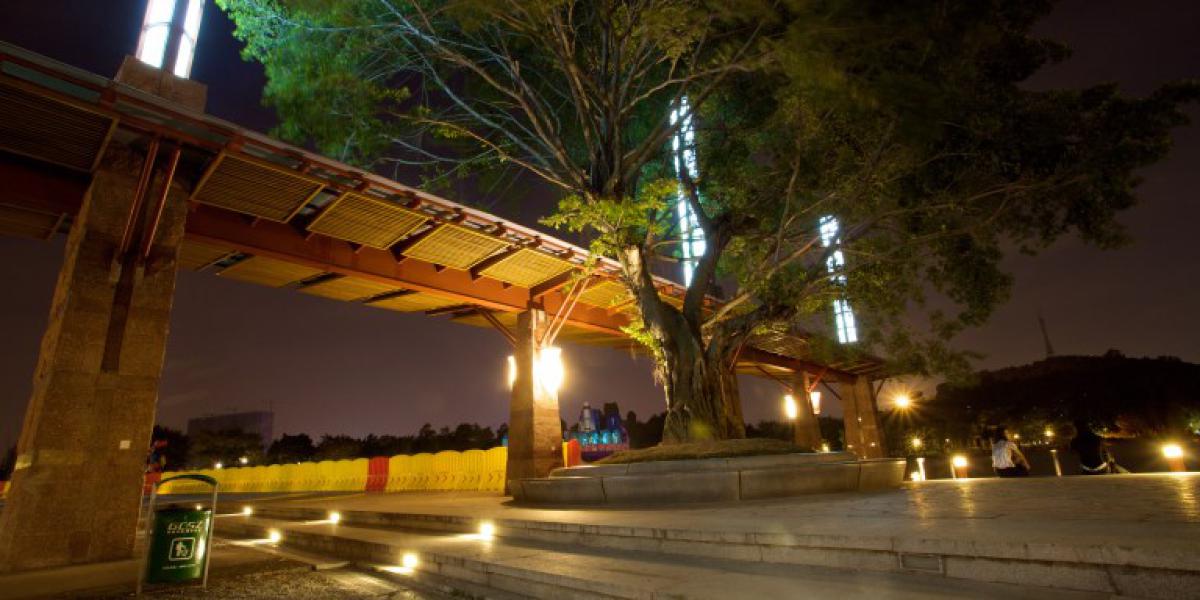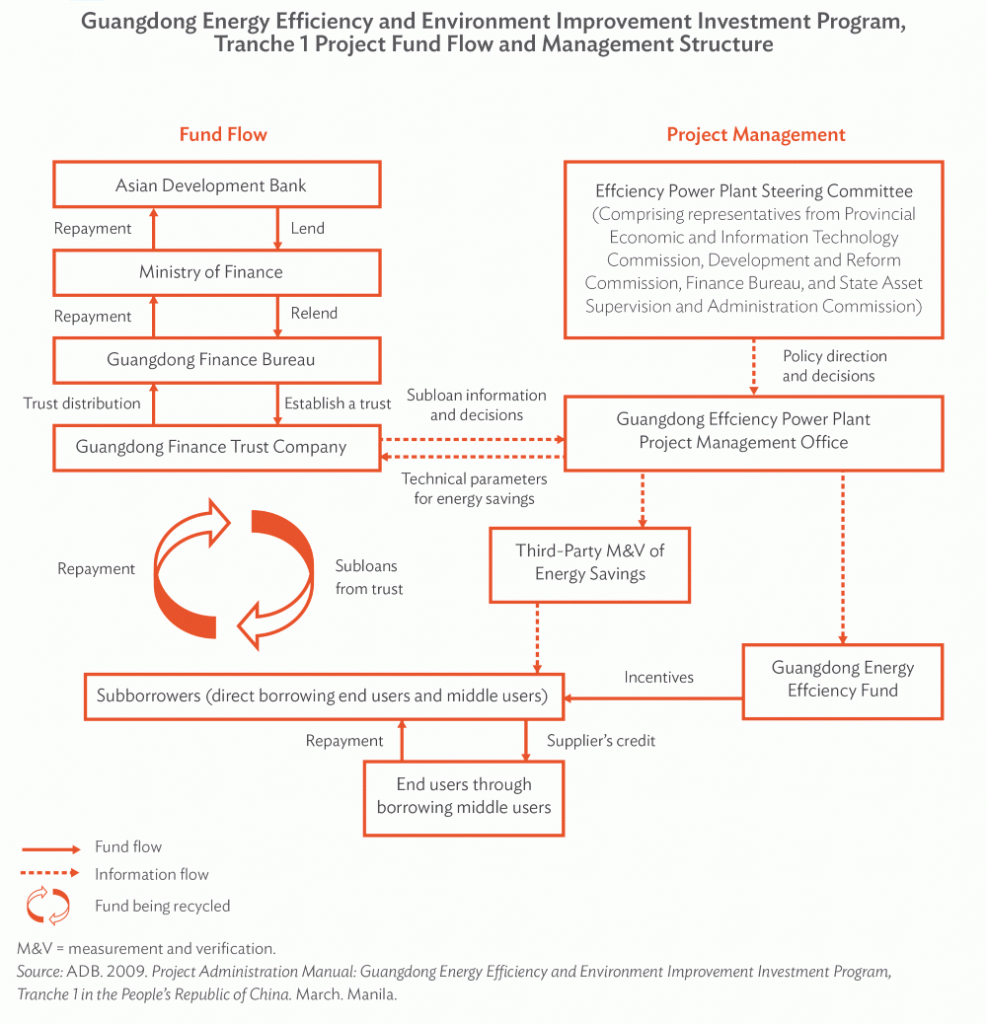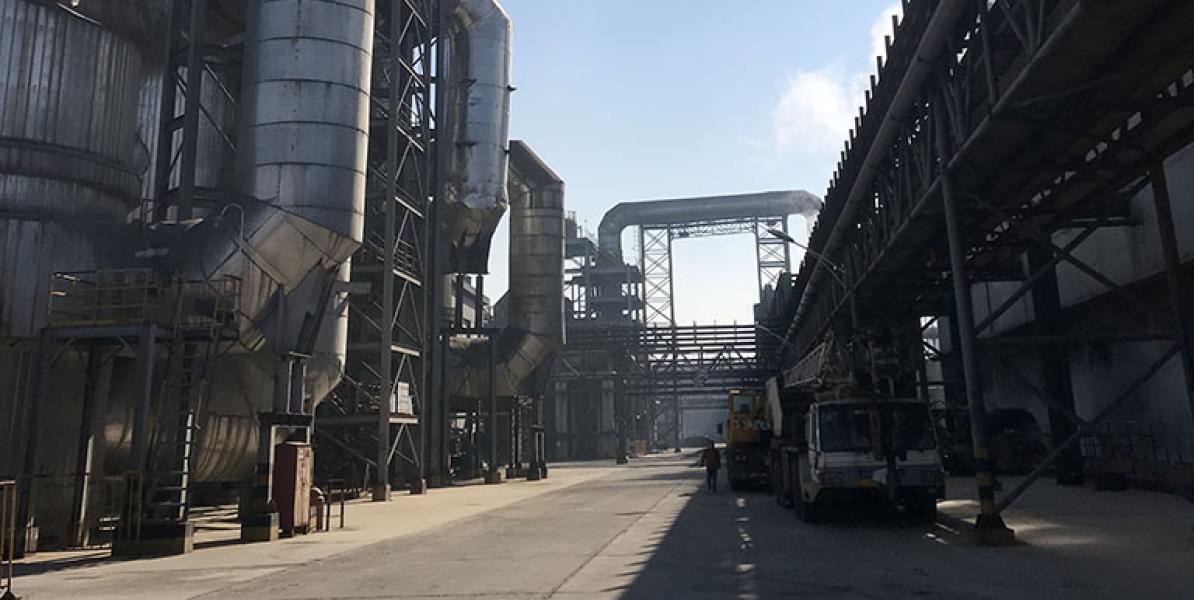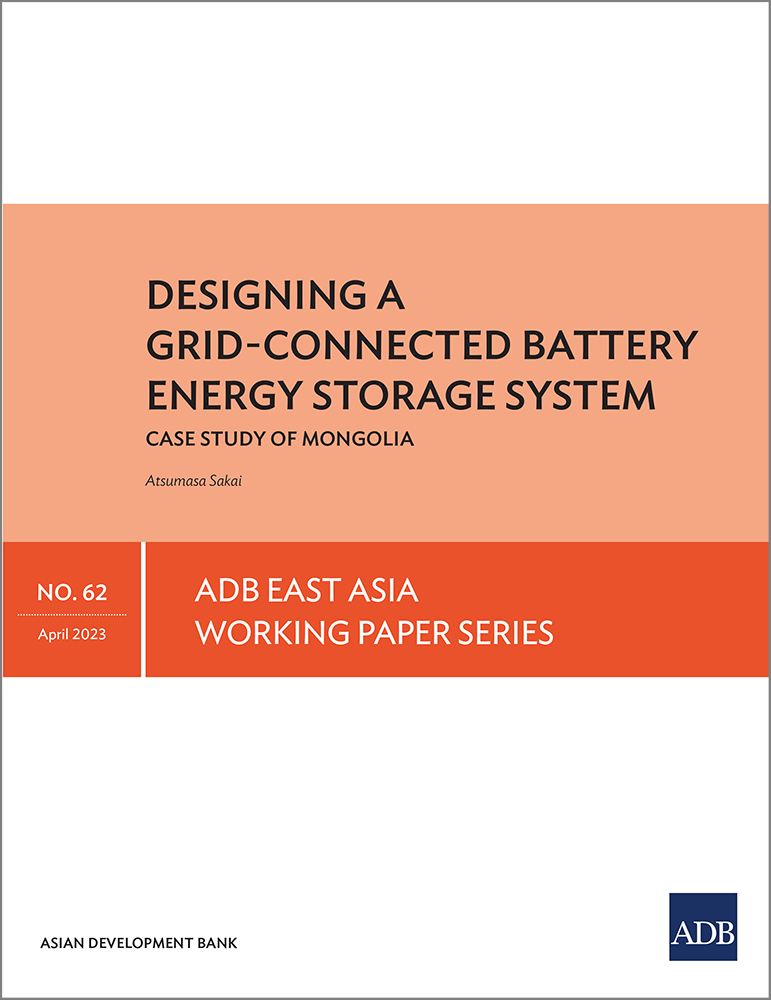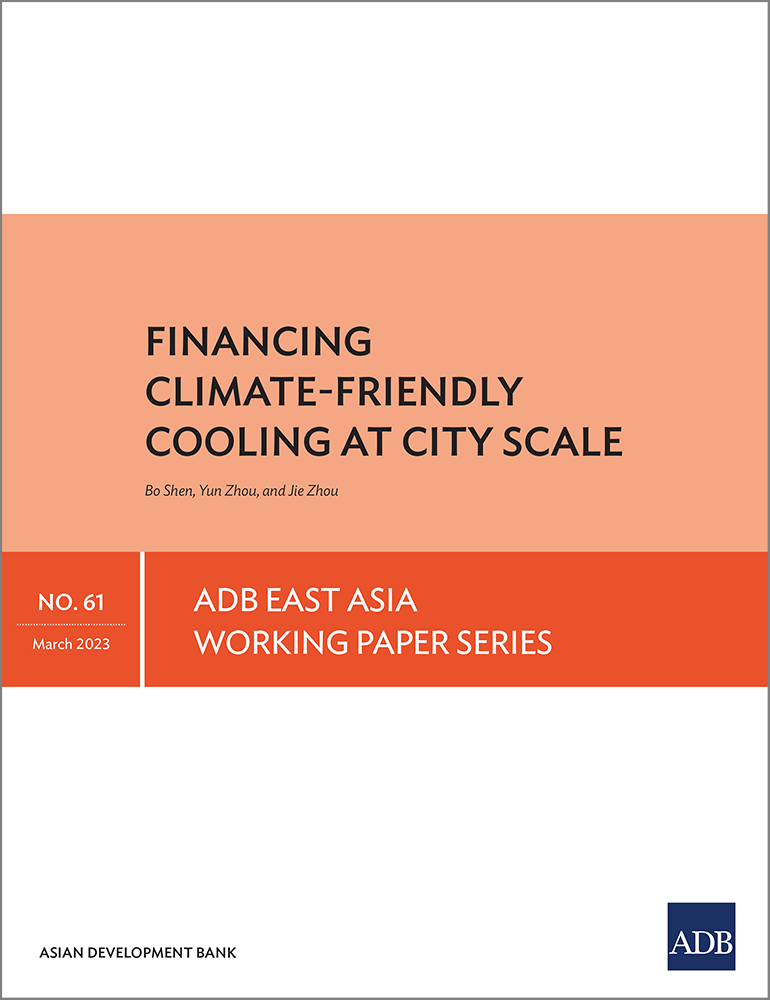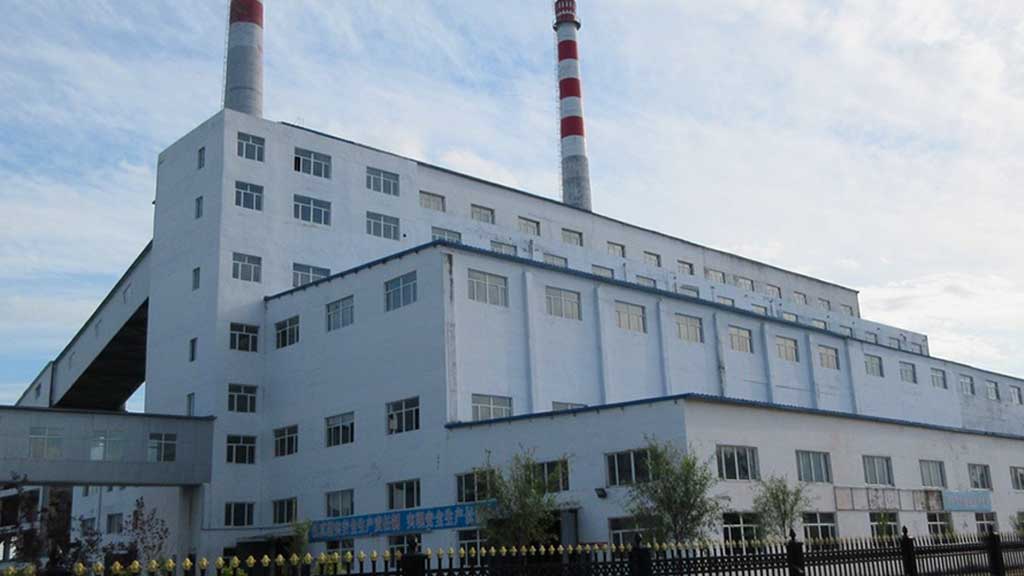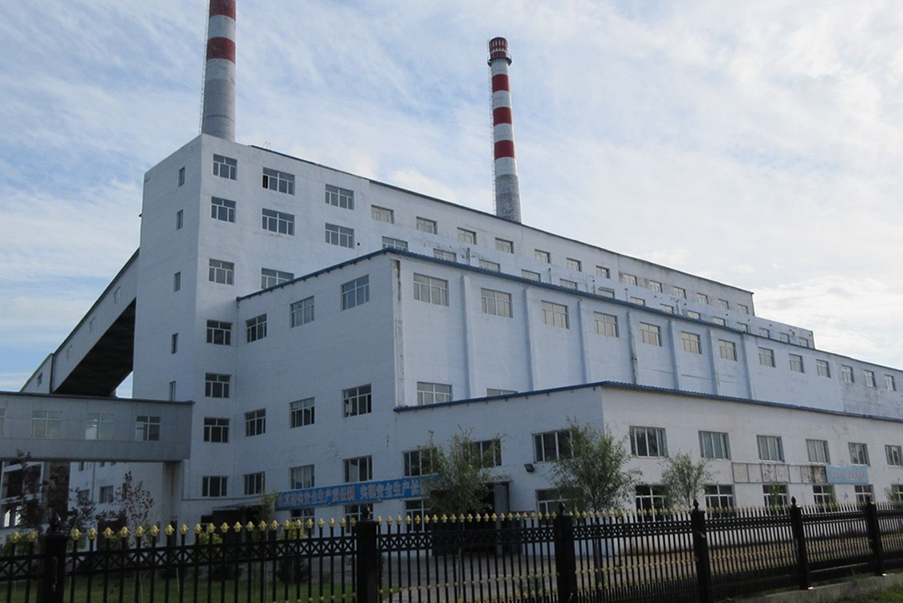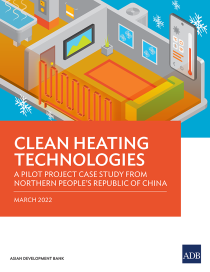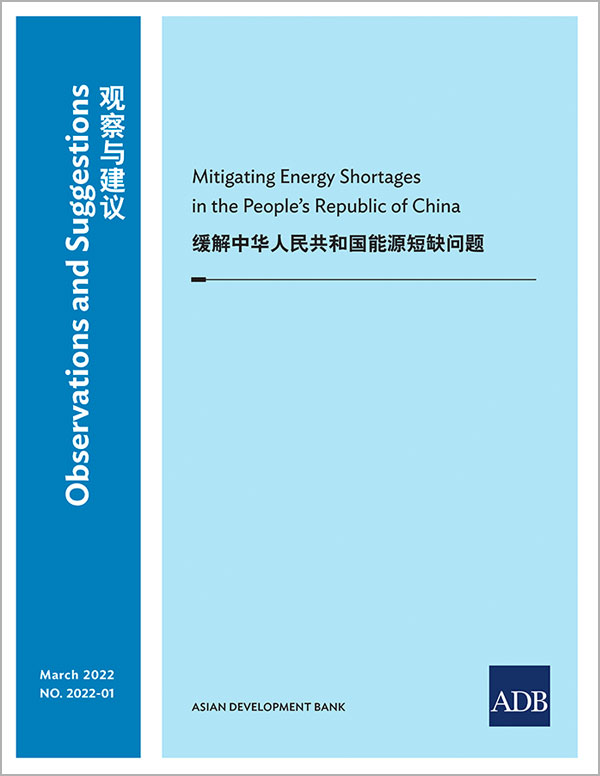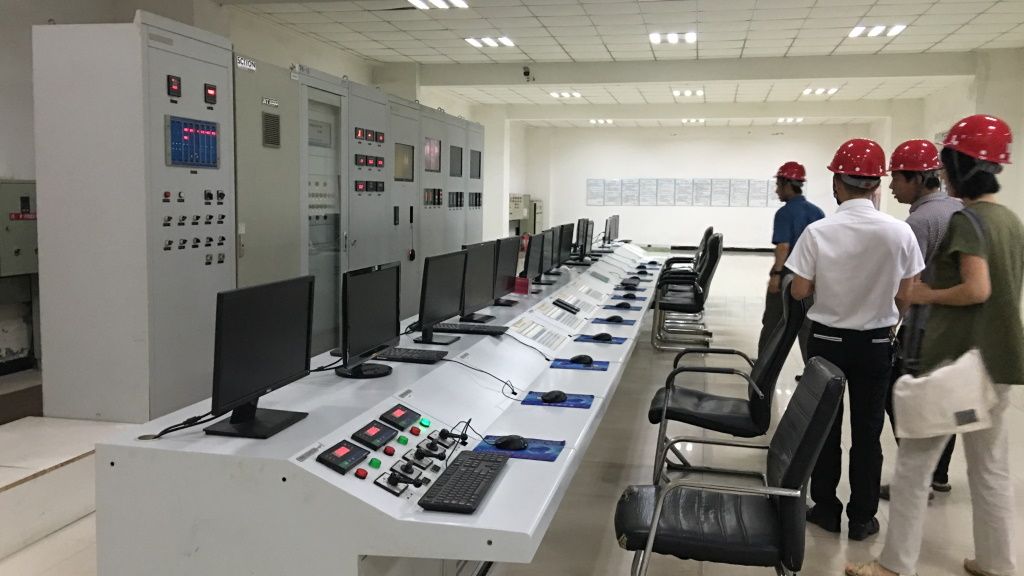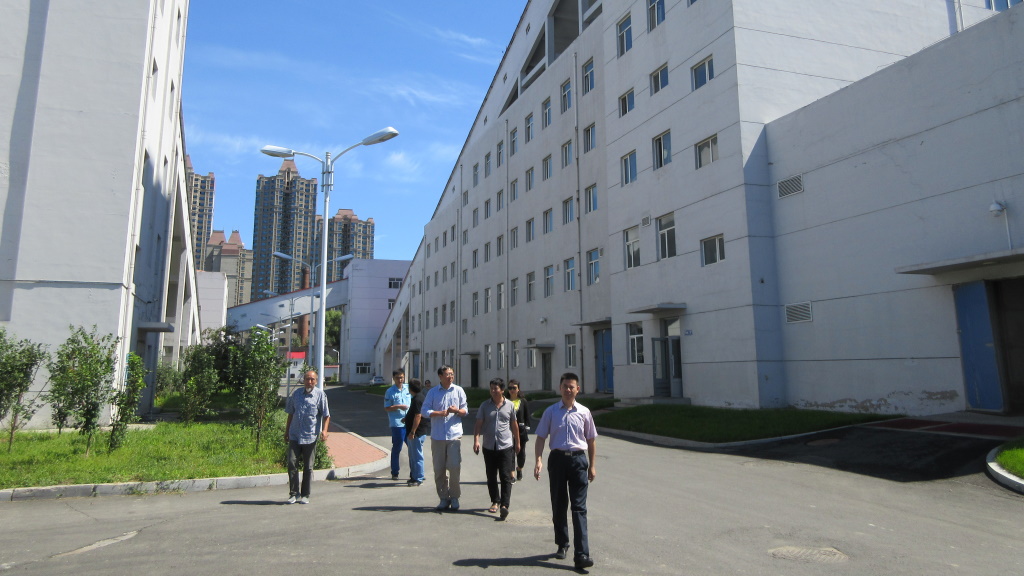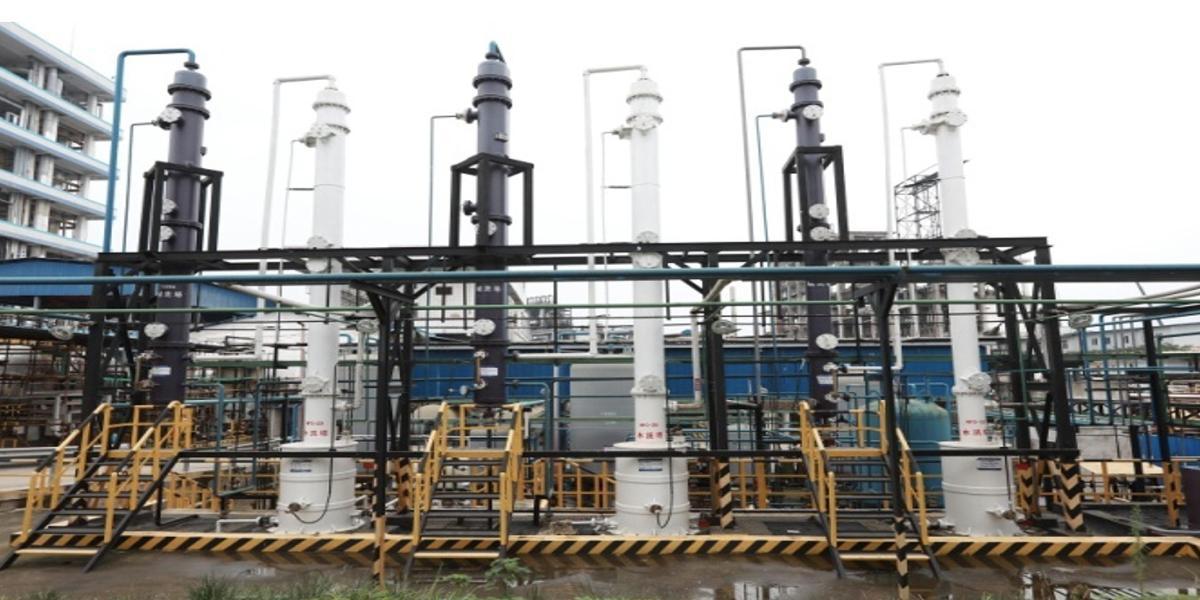
De-risking investments in high-impact, green technologies enabled the large-scale demonstration of energy-efficient production and emission reduction retrofits.
Overview
The chemical industry is the second largest industrial energy consumer in the People’s Republic of China (PRC), after iron and steel. It is a major emitter of toxic pollutants and greenhouse gases (GHGs). Within the chemical industry, the production of plastics is particularly energy and emissions intensive.
China National Chemical Group (ChemChina), the country’s largest producer of fluoropolymers, polyvinyl chloride (PVC), and synthetic resins, has developed and pilot-tested technologies and process transformations that can improve energy efficiency and cut emissions but scaling these up has been difficult.
A project supported by the Asian Development Bank (ADB) helped ChemChina to overcome technical limitations and lack of funds that were holding back the commercial development and large-scale adoption of new, cleaner, and more energy-efficient production methods for PVC and fluoropolymer. As a result, the project helped the PRC take a major step forward in its drive to reduce energy consumption, phase out mercury use, and cut GHG and toxic emissions in the chemical industry.
Project information
47051-002 : 47051-002: Chemical Industry Energy Efficiency and Emission Reduction Project
Project snapshot
- Approval date: 30 Oct 2015
- Closing date: 6 Sep 2021
- Amount of loan: US$ 138 million
- Executing agency: China National Chemical Group (ChemChina)
- Financing: Asian Development Bank
Context
The PRC is the world’s largest producer of PVC. More than 80% of its PVC industry uses an energy-intensive, coal-based process that relies heavily on mercury as a catalyst. As a result, the PVC industry in the PRC accounts for nearly 50% of global mercury use, and the country continues to mine mercury to meet demand.
Fluoropolymer, a synthetic carbon-based plastic commonly used to provide corrosion-resistant coating, is an important source of emissions of fluoroform (HFC-23), a GHG that is 14,800 times more potent than carbon dioxide.
The government puts a high priority in reducing the threat to the environment and public health posed by the use of toxic substances, including mercury and coal in the chemical industry.
Challenge
The chemical industry in the PRC faces unique challenges in reducing energy intensity because unlike other major chemical producers worldwide, it predominantly uses coal—rather than petroleum or natural gas as feedstock and fuel—because it is abundantly available and has a cost advantage in the domestic market. Coal-based processes are inherently more energy intensive and produce significantly more GHG emissions and toxic pollutants.
Technological innovations and process transformations are essential to further improve energy efficiency and reduce emissions. However, important market barriers still remain in energy-intensive industries, including the chemical industry, which continues to slow down or prevent investment in large-scale, innovative technology that improve energy efficiency and in emission reduction retrofits.
ChemChina faced the following challenges in scaling up energy efficiency initiatives and cleaner production technologies, such as mercury-free PVC production:
- perceived and real technical risks;
- lack of debt financing because commercial financing institutions have a weak understanding of the financial viability of such projects;
- lack of strict regulatory requirements to incentivize investments, as relevant technologies have not been demonstrated at commercial scale; and
- lack of a suitable energy service company (ESCO) that can bring together technical knowhow and suitable financing.
Solution
Approved in 2015, the Chemical Industry Energy Efficiency and Emission Reduction Project was crucial in addressing these key issues and barriers and facilitating commercial-scale demonstration of strategic technologies.
A financial intermediation loan of $100 million from ADB supported de-risking of investments. The funds were disbursed through the China Construction Bank to selected industrial plants of ChemChina to finance innovative, high-impact technologies and process transformations that will improve energy efficiency and reduce emissions. The outputs are (i) more efficient and less hazardous PVC technology demonstrated at commercial scale at the Dezhou Shihua Chemical plant and (ii) energy efficiency and GHG abatement measures implemented at Zhonghao Chenguang Research Institute of Chemical Industry.
The project leveraged ADB financing by (i) using a revolving escrow fund for multiple rollovers of funding, (ii) engaging in collaborative commercial cofinancing, and (iii) employing a sector-specific ESCO. Due diligence and enhanced monitoring measures were put in place to ensure adequate management of technical and other associated risks. Business models were developed to ensure timely replication.
The Dezhou Shihua Chemical subproject focused on the energy-saving transformation of PVC production chains supplying 400,000 tons per year. It supported the first-of-its-kind demonstration at commercial scale of a new mercury-free catalyst technology that utilized calcium carbide, together with dichloroethane, to synthesize vinyl chloride monomer, which was then processed into PVC. The subproject was envisioned to demonstrate a viable approach for gradually eliminating mercury catalysts in the country’s calcium carbide-based PVC plants.
The Zhonghao Chenguang Research Institute of Chemical Industry subproject financed comprehensive energy efficiency and management measures at a fluoropolymer facility in Zigong City in Sichuan Province. The target is to reduce energy consumption by over 10,000 tons of coal equivalent a year and abate HFC-23, a powerful GHG that is an unwanted by-product of fluoropolymer production. The subproject was implemented through the ESCO modality. By mainstreaming ESCO in the project’s structure, the project addressed a key barrier that has so far prevented industry-specific ESCO participation in energy efficiency retrofits in energy-intensive industries in the PRC.
Results
The Dezhou Shihua Chemical plant subproject demonstrated a scaled-up application of a successfully pilot-tested mercury-free catalyst to produce PVC at the chemical facility. Meanwhile, the Zhonghao Chenguang Research Institute of Chemical Industry subproject implemented energy efficiency optimization measures, including scaled-up plasma incineration of HFC-23.
After full operation in 2024, the first batch of subprojects is expected to save energy amounting to 604,399.6 tons of coal equivalent, avoid 15.71 million tons of carbon dioxide equivalent, and eliminate the use of 35 tons of mercury annually. The subprojects have improved energy efficiency and reduced harmful emissions and served as a model for environmental improvement in the PRC’s chemical industry. With the estimated annual energy saving, the two subproject owners will also benefit from reduced energy costs.
The project has a positive social impact by reducing GHG emissions, expediting the elimination of mercury use in PVC production, and fast-tracking the phaseout of mercury mining. It has helped curb climate change impacts and lessen the hazardous effects of mobilizing mercury in the environment. The successful demonstration of the new technology could lead to the complete elimination of the currently used mercury catalyst in PVC production technology. This would be a major step toward the implementation of the United Nations’ Minamata Convention of Mercury, which aims to end the intentional use of mercury and control and reduce its global emissions.
The energy efficiency project will further promote the transformation and development of ChemChina. The technologies applied in the two subprojects can provide a business model for promoting similar technologies in other chemical factories. Under the Zhonghao Chenguang Research Institute of Chemical Industry subproject, the packaging of HFC-23 destruction with energy efficiency measures has provided a business model for ESCOs in the PRC.
Lessons
Financing. The project developed an innovative financing structure to leverage commercial cofinancing and mainstream ESCO participation. Because of the relatively shorter payback period for typical industrial energy efficiency projects compared to traditional infrastructure projects, the financial intermediation loan modality was chosen for this project. This allowed multiple rollovers of the ADB loan over the loan tenor. By further leveraging commercial cofinancing with ADB funding, the project could target higher impact, with greater improvements in energy efficiency and emissions reduction than would be possible under a project loan.
Testing and validation. Technology innovations should be encouraged but with caution. Innovations need to be verified during implementation. Realizing stable operations using transformative technologies may require additional trials and time for verification, possibly leading to a longer implementation period.
Acceptable PVC products have been made through the new mercury-free production process under the Dezhou Shihua Chemical subproject. The performance indices met the design goals, but more data and time were needed to verify the process, including certifications from professional organizations.
Upgrades and retrofits. The energy efficiency improvement for the production system of organic fluorine under the Zhonghao Chenguang Research Institute of Chemical Industry subproject was completed, with energy savings and emission reductions meeting the design goals. The upgrading and retrofitting were carried out in the production process, resulting in mutual interactions and uncertain impacts, which may cause implementation delays and safety risks. These factors should be taken into consideration when implementing device-upgrading projects in the future. For example, factories should be equipped with more safety and environmental protection personnel, and enough time should be allotted for projects that include upgrading of production processes.
References
Asian Development Bank (ADB). 2015. Report and Recommendations of the President to the Board of Directors: Proposed Loan to the People’s Republic of China for the Chemical Industry Energy Efficiency and Emission Reduction Project. Manila.
ADB. 2022. Completion Report: People’s Republic of China: Chemical Industry Energy Efficiency and Emission Reduction Project. Manila.
Author

Xinjian Liu
Senior Project Officer (Energy), East Asia Department, ADB
This blog is reproduced from Development Asia.

